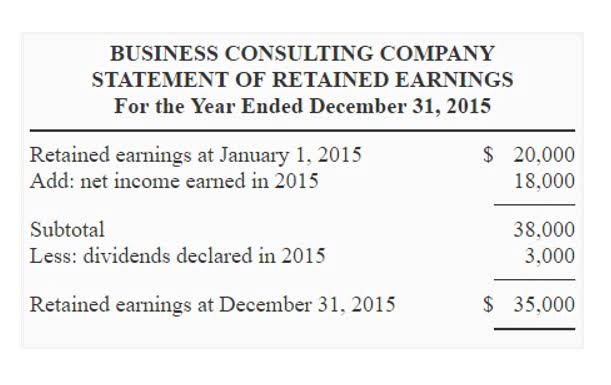
The value of unlevered and levered company according to Fernandez [25]. Inselbag and Kaufold [20] recommend using the Myers model if the value of debt is constant; in the case of fixed leverage, the Miles and Ezzell model is suitable. This model is being criticized for unrealistic and very restrictive assumptions. Nevertheless, the model is known as the basis for the theory of corporate finance, it clearly defines the upper limit of business value. If you wish to calculate the value of a tax shield, you may use this tax shield calculator or work out the value manually, as we do in the following example.
Are Interest Tax Shields Only For Corporations?
- The most obvious benefit of an interest tax shield is to bring monetary savings for individuals and corporate taxpayers.
- Their benefits depend upon the taxpayer’s overall tax rate and cash flow for the given tax year.
- Company debt is usually a much larger amount of money than individuals have to worry about.
- The previous model is based on the conditions of an efficient capital market, so its use is limited.
- Rather, it’s about one particular tool – the interest tax shield – and how it’s used to optimise a company’s tax liability.
- Commercial loans often come with other types of expenses like loan originating fees.
Taxes paid by unlevered companies have a lower risk than ECF (hence a different discount rate). There is further criticism on the combination of two different approaches (zero growth and non-zero growth) [26]. A tax shield is a legal way for individual taxpayers and corporations to try and reduce their taxable income. The total value of a tax shield is going to depend on the tax rate of an individual or corporation and their tax-deductible expenses. Both individuals and corporations are eligible to use a tax shield to reduce their taxable income. This happens through claiming deductions such as medical expenses, mortgage interest, charitable donations, depreciation, and amortization.
Review of Tax Shield Valuation and Its Application to Emerging Markets Finance

In light of this, the debt is subsidized by tax shielding of interest. Doing so prevents taxes from being levied on interest and debt. (20) expresses a difference between the present value of taxes paid by unlevered and levered company. Other authors combine both approaches (Miles and Ezzell, Harris and Pringle) as well as the Myers model if the company assumes fixed debt.
- Such expenses can be subtracted from your gross income to lower your taxable income.
- Because of the diversity of views on the appropriate discount rate for interest tax shields, I present a short derivation of the Miles-Ezzell formula.
- Tax evasion is a form of fraud where you lie about your taxable income, and it’s illegal.
- Taxes paid by unlevered companies have a lower risk than ECF (hence a different discount rate).
- Keep reading to learn all about a tax shield, how to calculate it depending on your effective tax rate, and a few examples.
Access this chapter
The first step in calculating the interest tax shield is to know the limit of tax-deductible interest expenses. For instance, you can deduct interest costs of up to $ 2,500 on a student loan per year. We put together this article to help cover what you need to know.
This is equivalent to the firm’s total profit (aka Net Income) of $80 million. And for simplicity, let’s assume that there are no messy accounting conventions distorting profit from cash flow. Thus, without the interest payment, the company A effectively pays $2 million in additional tax. Both companies are identical in all aspects other than debt and interest payments. Larger companies can also benefit from carrying debt even though they may have larger cash stockpiles. For that reason, newer companies might see loans as a more efficient source of capital.
- If you don’t report every element of your income—including bonuses paid by your employer and tips—then you are guilty of tax evasion.
- A tax shield will allow a taxpayer to reduce their taxable income or defer their income taxes to a time in the future.
- Now, suppose both companies operate in an economy where the corporation tax rate is equal to 20%.
- If the company rebalances debt continuously, then HP model is suitable.
- Let us assume two companies have identical financial figures for a financial year.
Are all business expenses tax-deductible?
In their view, the Miles and Ezzell method is the most consistent and correct. The assumption of fixed debt is simple and unrealistic tax shield since the company should know future debt. Therefore, the company should choose a less strict financial strategy.

Limited Deduction Allowance


